Equatorial Spitting Cobra (0.60 mg per kg)
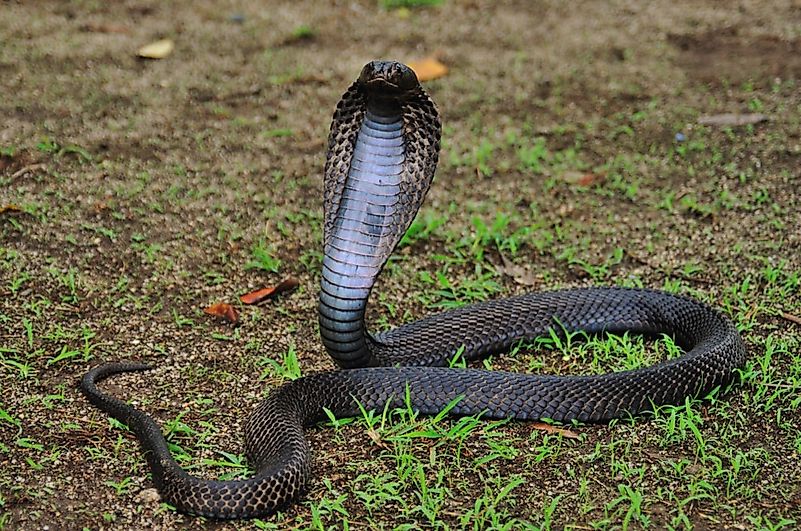 The equatorial spitting cobra is a Southeast Asian species that is found in the countries of Thailand, Malaysia, Philippines, Brunei, Indonesia, and Singapore. These snakes are found at elevations of up to about 4,900 feet where they live in primary and secondary forests. Some cobras also live near human settlements. The equatorial spitting cobra feeds mainly on rodents but occasionally also feed on other snakes, small mammals, and lizards
The equatorial spitting cobra is a Southeast Asian species that is found in the countries of Thailand, Malaysia, Philippines, Brunei, Indonesia, and Singapore. These snakes are found at elevations of up to about 4,900 feet where they live in primary and secondary forests. Some cobras also live near human settlements. The equatorial spitting cobra feeds mainly on rodents but occasionally also feed on other snakes, small mammals, and lizards
The equatorial spitting cobra is one of the most venomous cobras in the world. The snakes when threatened, will readily spit venom or bite. The venom of this cobra is a toxic cocktail of neurotics, antitoxins, and cardio toxins that can lead to the victim’s death if left untreated.
Monocled Cobra (0.47 mg per kg)
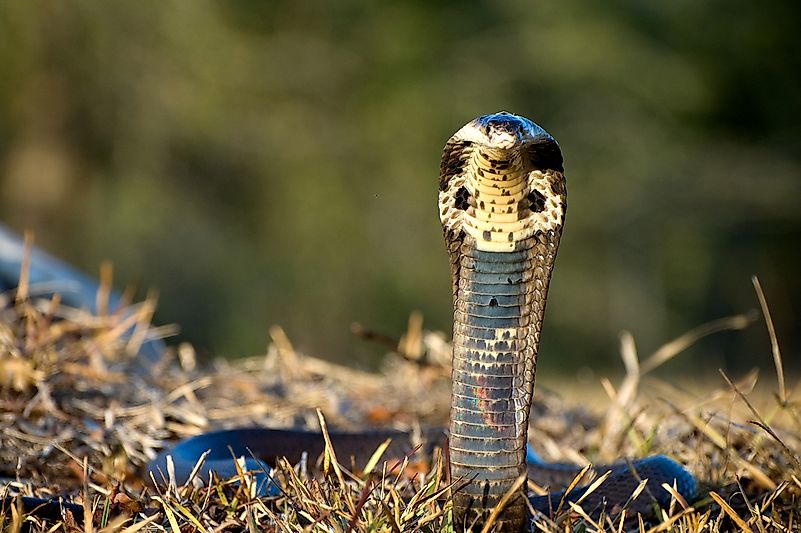 The monocled cobra is widespread across Southeast and South Asia. These cobras can adapt to a wide area of habitats. The monocled cobras are terrestrial snakes that feed on small mammals, snakes, amphibians, and other reptiles.
The monocled cobra is widespread across Southeast and South Asia. These cobras can adapt to a wide area of habitats. The monocled cobras are terrestrial snakes that feed on small mammals, snakes, amphibians, and other reptiles.
The snakes when threatened get ready to strike to defend themselves. The venom of the monocled cobra is highly poisonous and is a complex mixture of neurotics, cardiologists, and antitoxins.
Cape Cobra (0.37 mg per kg)
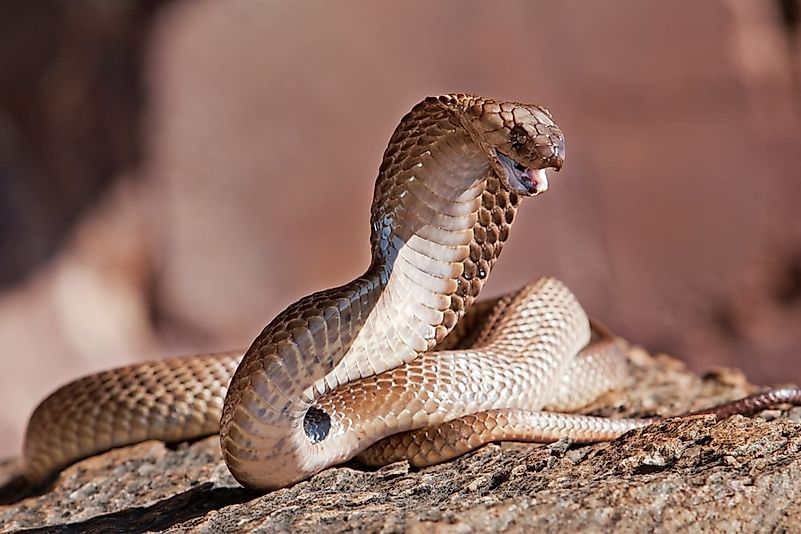 Cape cobra is a cobra that is endemic to southern Africa where it lives in a wide variety of habitats like savanna, bush veld, desert, and semi-desert areas. The snake has a wide prey base and hunts during the day.
Cape cobra is a cobra that is endemic to southern Africa where it lives in a wide variety of habitats like savanna, bush veld, desert, and semi-desert areas. The snake has a wide prey base and hunts during the day.
The dangerous venom of the cape cobra coupled with its habit of visiting homes of humans makes it one of Africa’s most feared snakes. The venom has both neurotic and toxicity components, and a powerful bite might result in death if not immediately treated.
Indian Cobra (0.29 mg per kg)
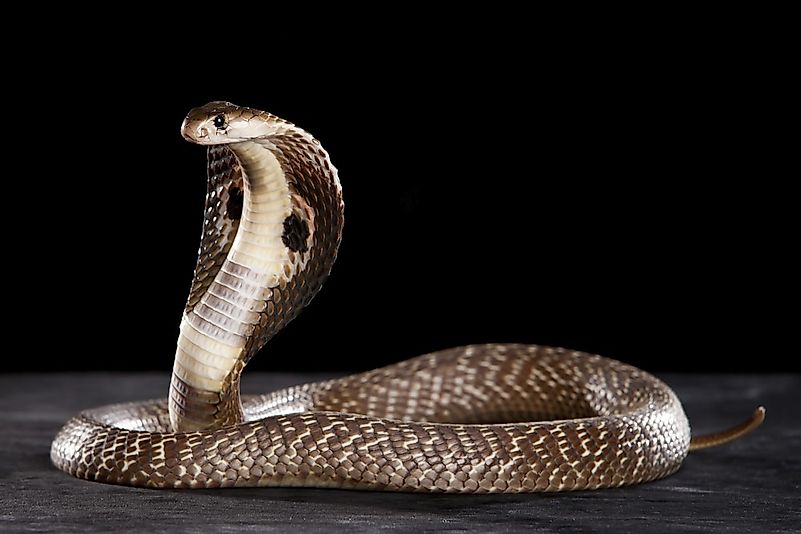 One of the most venomous snakes living in the Indian subcontinent, the Indian cobra is a member of the “big four” which are the four species of snakes responsible for most snakebites on humans in India. However, the Indian cobra, despite its fierce reputation, is highly revered by Hindus and even worshipped during the Hindu festival of Nag Panoramic. The snake is found in both dense and open forests, rocky terrains, wetlands, crop fields, and even human settlements.
One of the most venomous snakes living in the Indian subcontinent, the Indian cobra is a member of the “big four” which are the four species of snakes responsible for most snakebites on humans in India. However, the Indian cobra, despite its fierce reputation, is highly revered by Hindus and even worshipped during the Hindu festival of Nag Panoramic. The snake is found in both dense and open forests, rocky terrains, wetlands, crop fields, and even human settlements.
The Indian cobra’s bite delivers a powerful venom that has both neurotic and toxicity components. The venom has the ability to paralyse muscles and trigger death if left untreated.
Chinese Cobra (0.28 mg per kg)
 The Chinese cobra is a venomous elapsed that lives in southern China. Many snakebite cases related to this snake have been recorded in China and the neighbouring countries. The Chinese cobra inhabits grasslands, mangroves, woodlands, and shrub lands within its range. The species is also found in elevations ranging from lowlands to elevations of up to 6,600 feet. The snake has a wide prey base that includes rodents, amphibians, smaller reptiles, and birds.
The Chinese cobra is a venomous elapsed that lives in southern China. Many snakebite cases related to this snake have been recorded in China and the neighbouring countries. The Chinese cobra inhabits grasslands, mangroves, woodlands, and shrub lands within its range. The species is also found in elevations ranging from lowlands to elevations of up to 6,600 feet. The snake has a wide prey base that includes rodents, amphibians, smaller reptiles, and birds.
The Chinese cobra when confronted, can be highly aggressive and strike if the threat prevails. Neurotics and antitoxins are the main components of the Chinese cobra venom. A powerful bite can inject enough venom to cause death in an adult human.
Indochinese Spitting Cobra (0.25 mg per kg)
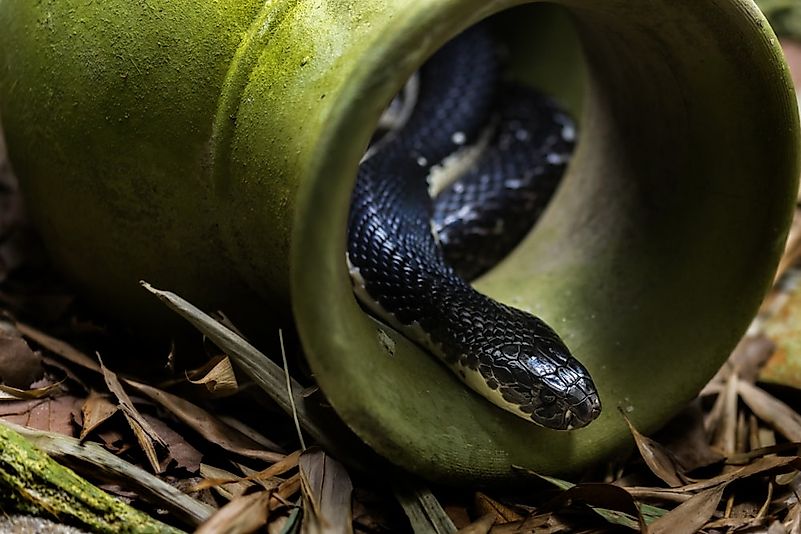 The Indochinese spitting cobra is the fifth most venomous cobra species that is found in Southeast Asia including Laos, Vietnam, Cambodia, and Thailand. The snakes inhabit a wide variety of habitats including woodlands, plains, hills, and lowlands.
The Indochinese spitting cobra is the fifth most venomous cobra species that is found in Southeast Asia including Laos, Vietnam, Cambodia, and Thailand. The snakes inhabit a wide variety of habitats including woodlands, plains, hills, and lowlands.
The Indochinese spitting cobra exhibits a highly variable behaviour at different times of the day. It is timid during the daytime and will seek immediate shelter when threatened. However, at night, if the snake is threatened, it is most likely for the snake to strike. The snake first spits venom at its victim and if further threatened bites the victim. The venom of this spitting cobra is a potent combination of powerful neurotic and cytosine. Death might occur in adult humans left untreated after the bite due to muscle paralysis and asphyxiation.
Forest Cobra (0.225 mg per kg)
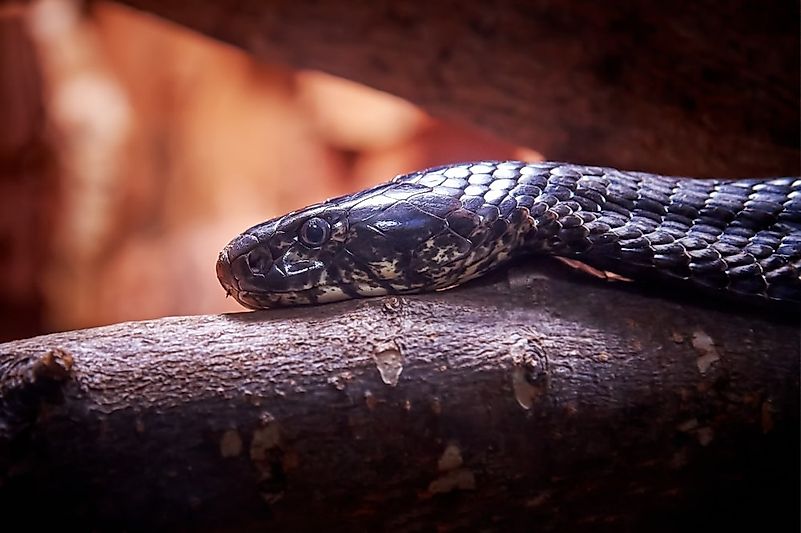 The forest cobra is an elapsed that lives in Africa, mainly in the western and central parts of the continent. Despite its name, the cobra can inhabit a wide range of environments including moist savanna habitats, lowland forests as well as drier corrections. The diet of the forest cobra is varied and includes insects, small mammals, and reptiles.
The forest cobra is an elapsed that lives in Africa, mainly in the western and central parts of the continent. Despite its name, the cobra can inhabit a wide range of environments including moist savanna habitats, lowland forests as well as drier corrections. The diet of the forest cobra is varied and includes insects, small mammals, and reptiles.
The forest cobra is a very dangerous species and is always on high alert and exhibits a nervous behaviour. The forest cobra bite is life threatening in nature due to the potent neurotic nature of the bite. Since the snake injects a significant volume of venom, death by ventilation can occur within 30 to 120 minutes.
Samar Cobra (0.21 mg per kg)
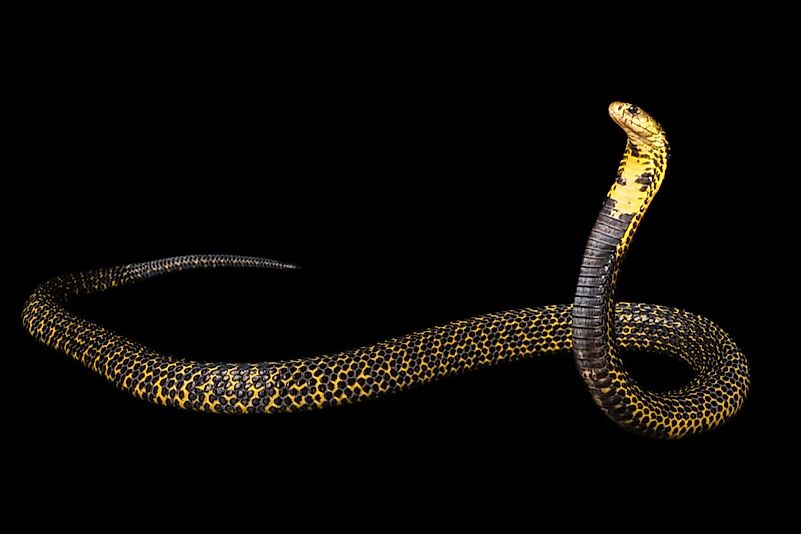 The Samar cobra is an extremely venomous spitting cobra species that is native to the Mindanao and Visayas island groups of Philippines. The habitat of this species ranges from tropical plains to mountainous jungles. The snake feeds mainly on rodents and less frequently on reptiles and frogs.
The Samar cobra is an extremely venomous spitting cobra species that is native to the Mindanao and Visayas island groups of Philippines. The habitat of this species ranges from tropical plains to mountainous jungles. The snake feeds mainly on rodents and less frequently on reptiles and frogs.
The Samar cobra produces a deadly neurotic venom that also has toxicity properties. Venomous bites by this cobra trigger extensive tissue necrosis and death by respiratory failure. The cobra is known for its nervous behaviour and sprays venom at the target when threatened. If venom enters the eye of the cobra’s victim, it could result in permanent blindness if not flushed out in time.
Philippine Cobra (0.14 mg per kg)
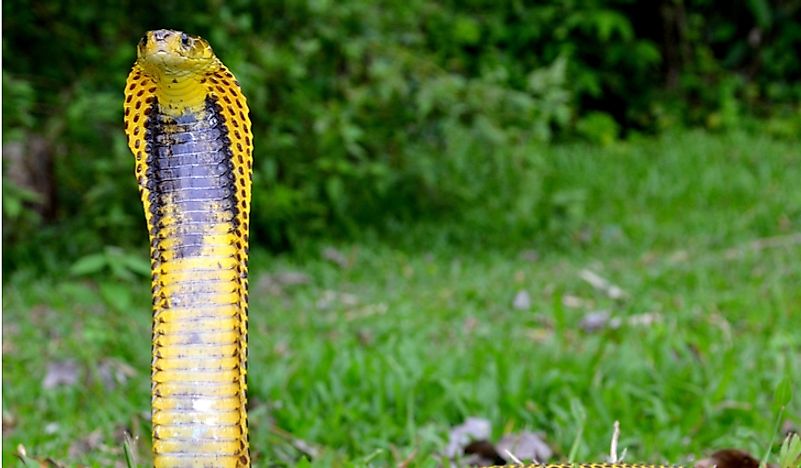 The Philippine cobra is a highly venomous elapsed that is native to the northern regions of Philippines. The spitting cobra lives in a wide variety of habitats including low-lying plains, grasslands, dense jungles, crop fields, and also human settlements. It prefers to live near water sources and is an excellent swimmer. The Philippine cobra mainly feeds on small rodents and also frogs.
The Philippine cobra is a highly venomous elapsed that is native to the northern regions of Philippines. The spitting cobra lives in a wide variety of habitats including low-lying plains, grasslands, dense jungles, crop fields, and also human settlements. It prefers to live near water sources and is an excellent swimmer. The Philippine cobra mainly feeds on small rodents and also frogs.
The venom of these snakes is a pure and potent postsynaptic neurotic. It can trigger death by respiratory failure. The snakes can spit their venom at targets up to 9.8 feet away.
Caspian Cobra (0.10 mg per kg)
The Caspian cobra is a highly aggressive species and is infamous for its bad temper. When threatened, the cobra will spread its hood, sway and hiss and strike repeatedly. The Caspian cobra’s venom can trigger severe neurotically, pain, and swelling following a bite. Death ensues if left untreated and the untreated mortality rate is 70 to 75%, the highest among all species of cobras. In Central Asia, the Caspian cobra is responsible for a significant number of snake bite related deaths.